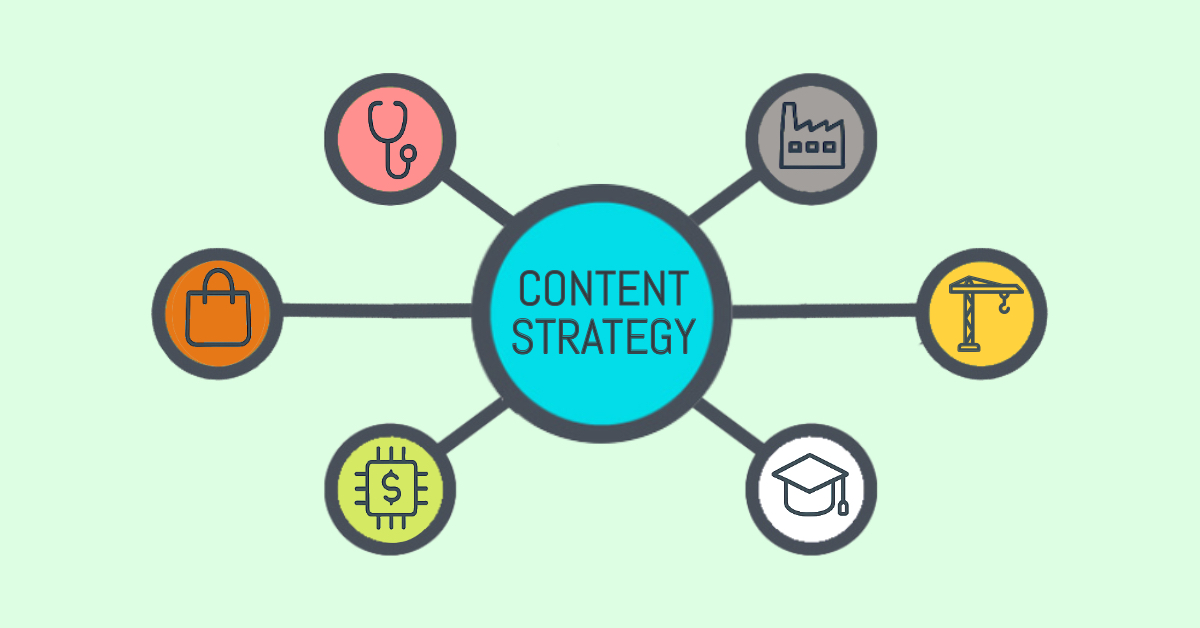
In today’s digital landscape, a curious paradox has emerged: your content can be wildly successful without ever driving a single visitor to your website. Welcome to the era of zero-click searches, when users get answers from search results pages instead of your website.
According to recent research from Semrush, approximately 25.6% of desktop searches and 17.3% of mobile searches now result in zero clicks. For certain query types, especially simple questions, definitions, or local information, the percentage is even higher. As marketers who have spent years optimizing for clicks, this new environment represents a fundamental shift in how we measure success.
Is it the end of content marketing? No. But it is certainly the next evolution of it.
What Are Zero-Click Searches?
Zero-click searches occur when Google (or another search engine) displays the answer to a user’s query directly in the search results, eliminating the need for users to click through to a website.
These answers appear in various formats:
- Featured snippets (those boxes at the top of search results)
- Knowledge panels (information boxes that appear on the right side of results)
- “People Also Ask” sections
- Direct answers for calculations, definitions, or simple facts
- Local packs for location-based searches
- AI-generated summaries and overviews
While traditional SEO focuses on getting users to your website, zero-click optimization recognizes that visibility and brand exposure happen before (and sometimes instead of) a website visit.
Why Zero-Click Visibility Matters
You might be wondering: “If users aren’t visiting my site, what’s the point?” The answer lies in understanding the modern customer journey.
According to a WordStream analysis, appearing in prominent search engine results page (SERP) features helps build brand awareness and authority, even when users don’t immediately click through. Their research indicates that occupying these prime positions creates a substantial brand impression that can influence subsequent searches and purchasing decisions.
Additionally, zero-click visibility positions your brand as an authoritative source in your industry. When Google chooses to display your content as the answer to a user’s question, it signals trust and expertise to anyone who sees it.
5 Keys to Optimizing for Zero-Click Environments
1. Structure Content to Answer Specific Questions
Search engines pull featured snippets from content that clearly and concisely answers common questions.
Structure your content with:
- Question-based H2 and H3 headings (like we’ve done in this article)
- Concise, direct answers immediately following the question
- Paragraph, list, or table formats depending on the nature of the information
- Clear definitions and explanations within the first 40-60 words of your answer
This approach not only increases your chances of winning featured snippets but also aligns perfectly with how we create thought leadership content that establishes you as an industry authority.
2. Leverage Schema Markup
Schema markup (structured data) helps search engines understand your content and display it in rich results. According to Google’s own documentation, properly implemented structured data can make your content eligible for special treatment in search results.
Focus on schema types most likely to appear in zero-click formats:
- FAQPage schema
- HowTo schema
- LocalBusiness schema
- Product schema
- Event schema
- Organization schema
Our team at Headline Consultants can help you implement these technical elements as part of our website copywriting services.
3. Create Comprehensive FAQ Sections
FAQ sections have emerged as one of the most effective content formats for winning featured snippets and zero-click results. According to Semrush’s data, FAQ-style content has a significantly higher chance of appearing in featured snippets compared to other content types.
Create robust FAQ pages that:
- Address common questions in your industry
- Provide clear, concise answers (40-60 words is ideal)
- Use natural language that matches how people actually ask questions
- Group related questions together for context
4. Optimize for Entity Recognition
Google’s Knowledge Graph recognizes entities (people, places, organizations, concepts) and their relationships.
To improve entity recognition:
- Maintain consistent NAP (Name, Address, Phone) information across the web
- Create and optimize Google Business Profile
- Build Wikipedia-style internal linking structures
- Use clear language that explicitly defines relationships between entities
- Leverage structured data that identifies your organization and key people
5. Create Multi-Format Answer Clusters
Search engines increasingly favor content that offers multiple formats to address the same query.
Create pages that present information in various formats:
- Text explanations
- Visual summaries or infographics
- Bulleted or numbered lists
- Comparison tables
- Video explanations (with transcripts)
This multi-format approach is something we’ve incorporated into our content strategy services to help clients maximize visibility across different search experiences.
New Metrics For Zero-Click Analysis
When website visits decrease, you need new metrics to measure success:
Impression Share
Monitor how often your content appears in search results, regardless of clicks. Tools like Google Search Console show impression data that indicates visibility.
SERP Feature Capture Rate
Track the percentage of target keywords where you own a SERP feature (featured snippet, knowledge panel, etc.). Tools like Ahrefs and Semrush can monitor SERP feature ownership.
Brand Search Volume
As WordStream’s research confirms, appearing in prominent SERP features can increase brand searches over time. Monitor branded search volume as a proxy for increased awareness.
Secondary Conversion Points
Create alternative conversion paths that don’t require website visits:
- Click-to-call buttons in Google Business Profile
- Direct message options
- Form submissions directly from search results (where available)
Multi-Touch Attribution
Implement multi-touch attribution models to understand how zero-click exposures contribute to later conversions.
Zero-Click Strategy: A Practical Example
Let’s say you’re a financial advisor targeting the keyword “how to start retirement planning” with a high monthly search volume.
Traditional approach: Create a comprehensive guide optimized for clicks.
Zero-click approach:
- Create a primary page with a clear, concise answer in the first paragraph
- Structure the page with logical H2s covering each retirement planning step
- Add a FAQ section addressing common follow-up questions
- Implement HowTo and FAQPage schema markup
- Include a calculator or interactive element that adds value beyond what appears in search results
- Optimize for the next questions in the journey (“how much should I save for retirement?”)
While this content may receive fewer direct visits, it positions your brand as the authority Google trusts to answer these questions and creates awareness that leads to business later in the customer journey.
The Future of Zero-Click Content
As AI-generated search results become increasingly common, zero-click optimization will continue to grow in importance. According to Adweek’s analysis, the continued expansion of Google’s AI overviews and AI Mode means businesses must adapt their strategies beyond website traffic, as zero-click searches become the norm in 2025.
WordStream’s SEO trends for 2025 also highlight the growing importance of optimizing for AI-generated answers and SERP features that provide information without requiring users to click.
The most successful content marketers will shift from a “click at all costs” mindset to a strategic visibility approach that recognizes the value of appearing in these zero-click environments.
Optimize Your Website for Zero-Click Success
At Headline Consultants, we understand that content marketing is constantly evolving, and zero-click optimization represents the next frontier. Our team can help you develop a comprehensive strategy that ensures your brand wins visibility even when traditional clicks decline.
From implementing proper schema markup to creating answer-focused content structures, start adapting now to ensure your brand stays visible and authoritative in what’s fast becoming a zero-click world.
Ready to adapt your content strategy for the zero-click era? Contact us today for a consultation, and let’s create a visibility strategy that ensures your brand appears exactly where your customers are looking—even if they never visit your website.




